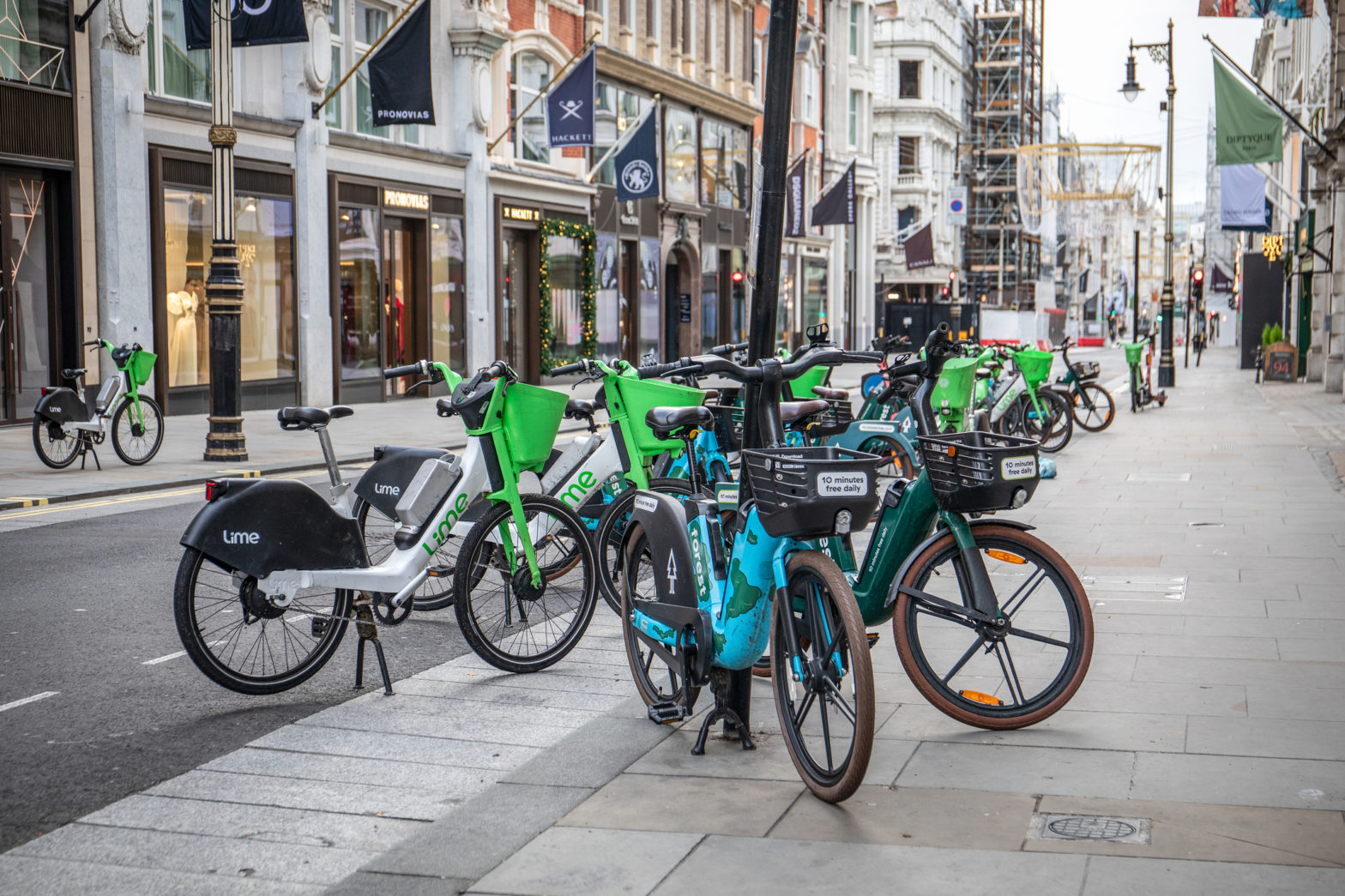
Shared micromobility failing disabled users, research finds
19 March 2025
by William Thorpe
A new UK study has revealed that while shared micromobility services such as e-scooters and e-bikes have the potential to benefit disabled people, significant barriers remain to their accessibility.
The Motability Foundation’s exploratory research, conducted in partnership with UK industry stakeholders and disabled users, identifies key challenges and proposes strategies for improving inclusivity.
The study found only 10 percent of disabled respondents had used shared micromobility services, mainly due to inaccessibility and lack of booking awareness. However, 70 percent of users felt confident using them, compared to 32 percent of non-users, and 53 percent saw their potential to improve lives.
Harry Fisher, Innovation Manager at the Motability Foundation, told Cities Today that operators and city transport authorities must prioritise accessibility and safety when developing micromobility schemes.

“We are currently working on two challenges,” Fisher said. “The first is understanding what confidence-building and awareness-raising activities could help more disabled people use micromobility. The second looks toward the future–how can we unlock accessibility in these services, especially as the UK government signals that local authorities will have more power to legislate micromobility?”
The report calls for comprehensive UK government legislation to regulate shared micromobility services, ensuring that innovation, safety, and inclusivity are embedded in future developments.
Fisher noted that recent European Commission research by TRL provides valuable insight into best practices across the EU, which could serve as a model for UK policies.
Micromobility providers have shown interest in addressing accessibility concerns, though many are still focused on ensuring the viability of their services. Some operators have introduced more inclusive vehicle features, such as lower step-through heights and additional storage.
“There is an appetite from providers to make their services more accessible,” Fisher explained. “We have seen inclusive features introduced, but these must be carefully implemented to ensure they remain viable. International examples, such as seated scooters in US cities, have had mixed success. Our next phase of work will analyse these successes and failures to determine viable models for the UK.”
Innovative technologies, such as AI-powered obstacle detection, crash mitigation, and anti-tip mechanisms, could enhance accessibility in private micromobility and may eventually be adopted in shared services. However, Fisher highlighted that infrastructure improvements are equally critical.
“The biggest enabler for accessible micromobility is infrastructure,” he said. “We have seen significant improvements in London over the past decade, where expanded cycling infrastructure has facilitated more active travel. Ensuring safe road design is just as important as improving vehicle accessibility.”
Image: Edgars Sermulis | Dreamstime.com







